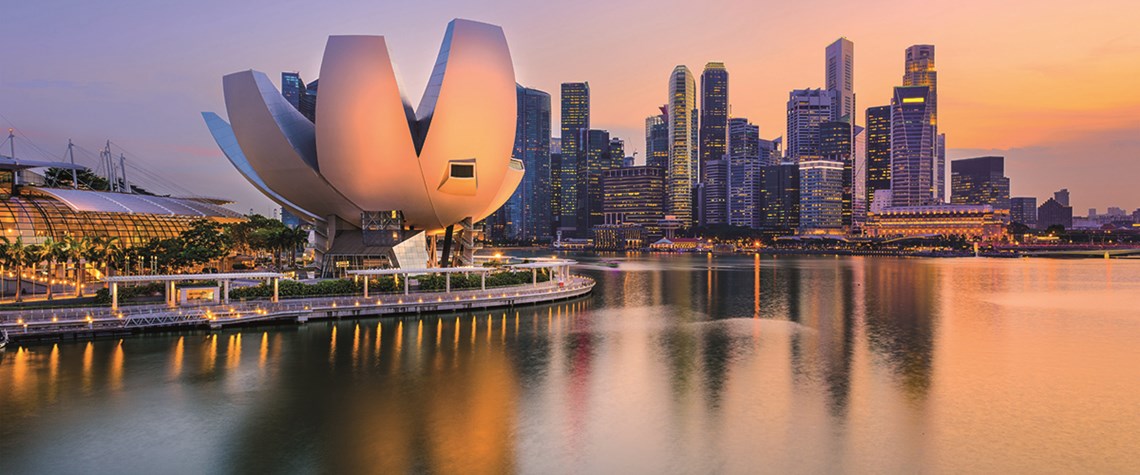Hurdles face putative Asia-Pacific LNG hubs
Singapore, Shanghai and Japan all wish to become trading hubs and price-reporting agencies are trying to establish benchmarks
Since 2010, Asia-Pacific, historically the world's dominant liquefied natural gas-buying region, has increased its share of the market by 10 percentage points—it now accounts for 70% of global imports. Yet despite this hulking market position, the region lags well behind the US and Europe in developing tradeable indices that would allow market players to hedge price exposure and increase liquidity. This may be changing. Recent increases in short-term contracting and gas-to-gas price competition have encouraged many to believe that the region, which includes the world's four largest buyers of LNG (Japan, China, South Korea, and Taiwan), may be on the verge of developing local mechanisms that

Also in this section
12 December 2025
The latest edition of our annual Outlook publication, titled 'The shape of energy to come: Creating unique pathways and managing shifting alliances', is available now
12 December 2025
The federal government is working with Alberta to improve the country’s access to Asian markets and reduce dependence on the US, but there are challenges to their plans
11 December 2025
The removal of the ban on oil and gas exploration and an overhaul of the system sends all the right messages for energy security, affordability and sustainability
10 December 2025
The economic and environmental cost of the seven-year exploration ban will be felt long after its removal







